How to adopt a dog without it upsetting the pets you already have, by top trainer Ben Randall
Though some dog owners are happy to stop at one, many of us like to bring more into the home as years go by — and if your new arrival is an older dog who is being rehomed, it can need a bit of thought to make sure things go smoothly. Ben Randall explains more.
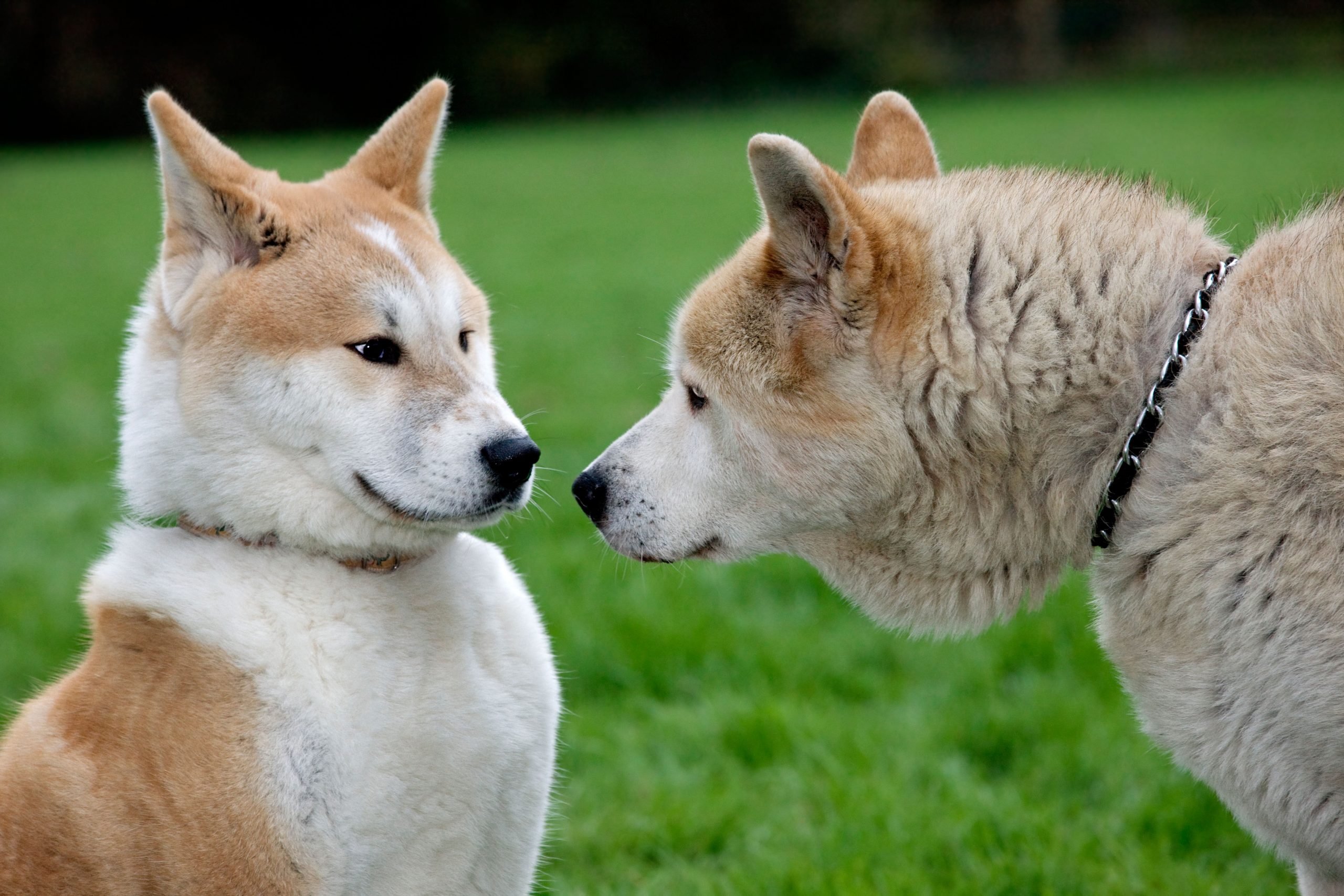

At the start of a new year, many of us — especially those with working breeds, such as labradors and spaniels (both cockers and springers) — tend to reassess our dogs and consider whether we might want or need to add another to our pack.
Putting out feelers in search of a puppy with the desired breeding lines and a nice, easy-going temperament is usually the first step. However, purchasing a part-trained dog — or choosing a rescue dog — is an increasingly popular option, especially when you have a few older dogs at home and you’d rather skip the puppy phase. Because, let’s face it, starting from scratch with an eight-week pup takes a lot of time and patience in terms of socialisation and training — from toilet training your new dog or figuring out how to stop your puppy crying at night, to working on skills such as recall training, walking to heel or, for those training working dogs, retrieving and flushing skills.
While some will always want to choose a puppy, there's absolutely nothing wrong with deciding not to. Anyone with a really demanding work or family life will find it difficult to put in the necessary hours to train a dog to a good and consistent standard, so buying a part-trained dog from a respected trainer — one who uses positive, rewards-based methods — can be a sensible option for both you and your dog.
And dogs come from all sorts of other sources too. Perhaps an older relative can no longer cope with their bouncy, boisterous labrador, or maybe your grown-up son or daughter bought a cocker spaniel during lockdown — when nearly three million of us got a dog — and are now finding that they can’t cope with their dog’s enormous prey drive and effervescent zest for enjoying life at full speed.
All of these scenarios may lead you to need to introduce a new, but older, younger dog to your home, but what is the best way to ensure that both your new recruit and your established family dogs live happily alongside each other?
This is exactly the conundrum being faced by R.G. from North Yorkshire, who has written to us via our paws-for-thought@futurenet.com email address to ask for advice on how to introduce a nine-month-old labrador to his existing pack:
Dear Ben,My wife and I have three dogs (two young labradors and a very old terrier), but are considering adding another to our fold this year, in the shape of a beautifully part-trained nine-month-old labrador. We are experienced in introducing puppies to our home, but unsure about how best to integrate a new, albeit older, youngster without causing jealousy among our existing dogs, which, in turn, may make our new recruit anxious and nervous while he settles into our routine. What do we need to consider before we bring him home, please?
Before choosing and selecting a part- or fully-trained dog, you need to know what their temperament is like and how they react around other dogs. Please also check whether he or she has been kept in a kennel, as that could make its transition to the family home and a place next to the Aga much harder. Most kennel trained dogs will only be partly toilet-trained and also, as they are usually only visited two or three times a day by the trainer, they expect to be let out whenever you approach the kennel or open a door, they can become very excited and, sometimes, vocal.
Sign up for the Country Life Newsletter
Exquisite houses, the beauty of Nature, and how to get the most from your life, straight to your inbox.
Although a demonstration of heel-work (on and off the lead), sitting and staying — mostly done on an individual basis — can look very impressive, it’s definitely worth asking the trainer or owner if you can observe the dog in the kennel environment whilst you talk — and then, during the demonstration, ask for the dog to be trained around some older dogs. If you are concerned by any behaviour in the kennel or overexcitement around other dogs, but you really like the dog, then do ask the trainer to help you with his or her transition into your family environment.
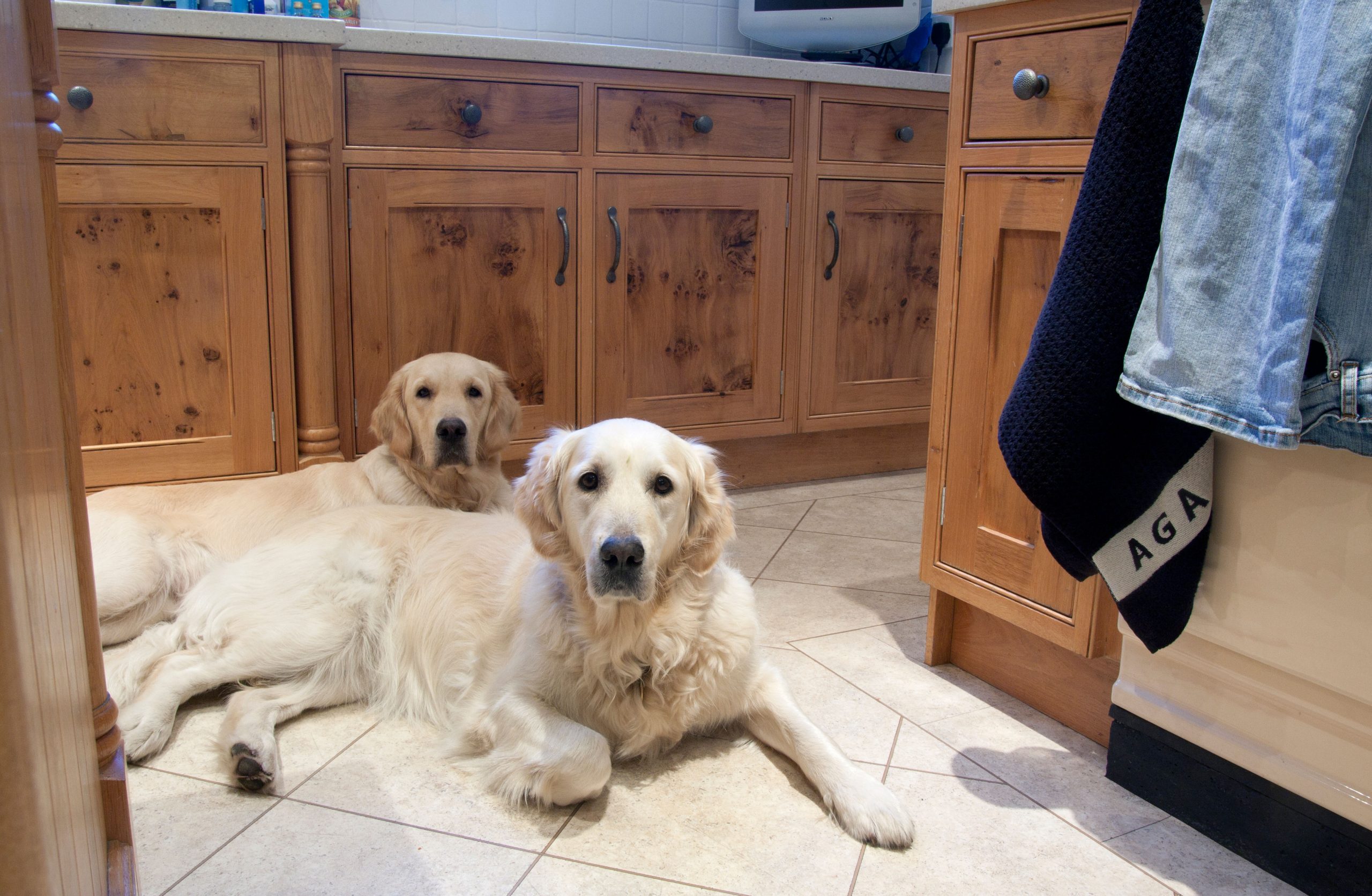
Remember that, with a trained older dog, any issues around toileting or the dogs’ overexcitement can be deeply ingrained and extremely hard to overcome — especially for a novice, inexperienced trainer and their family. So please carefully consider these factors before you take your new dog home.
I’ve been perfecting my BG (Beggarbush) foundation methods for nearly 20 years and understand that even experienced dog owners come up against issues that they are not sure how to handle. However, with a little thought and preparation, I can help you to ensure that your new charge gets acquainted with your current dogs with minimum stress and fuss. You can learn more via @beggarbush on Instagram and my dog-training app (this link will let you get a free trial) or ask me your own question by emailing paws-for-thought@futurenet.com.
Ben’s top three tips for successfully welcoming an older dog into your home
In my experience, some dogs do really well in their transition. However, this is not always the case, so, from a welfare point of view, you need to be 100% sure of his or her upbringing and character before you take a leap of faith. And, if you’re looking for a working breed — which can make fantastic, family countryside companions — it’s hugely important to make their move into your house as seamless as possible.
If you are buying a dog from a professional trainer, ask them to send you lots of videos of its training, as well as to give you a demonstration and a lesson on collection, with a full list of whistle and voice or hand commands that they use. This will be a big advantage in helping the dog to settle into their new life with you.
1. Take a piece of their old dog bedding home
Before you go to pick your dog up, it’s worth sending their new bed — or a piece of bedding — to the trainer or owner so that the dog can get used to it. If you haven’t had the time to do this, ask if you can take some of its (unwashed) bedding home with you (most people use vet bed or something similar). This means that from the time your new dog gets into your car, it’s around its regular smelling bed, which will give it some comfort.
Then, when you arrive home, the bedding can be put into your new dog’s sleeping area, which will help them to feel more at ease in unfamiliar surroundings.
2. Make sure the whole family is ready and sticks to the same plan
From the day the dog arrives, the entire household must buy into the training programme that the dog has had. As most dogs that live in the house tend to reside in the utility room or the kitchen, I always suggest to my clients that they print out and laminate the dogs’ commands and put them up in a couple of places — such as on the fridge door, where you keep their food, or by their beds. It needs to be easy for each family member to see and use the correct commands.
I know this might seem a bit extreme, but I cannot stress enough how important it is that you are all on the same page. As a family with a new and nicely-trained dog, the absolute key to success is working together, helping each other and using the same commands and routine.
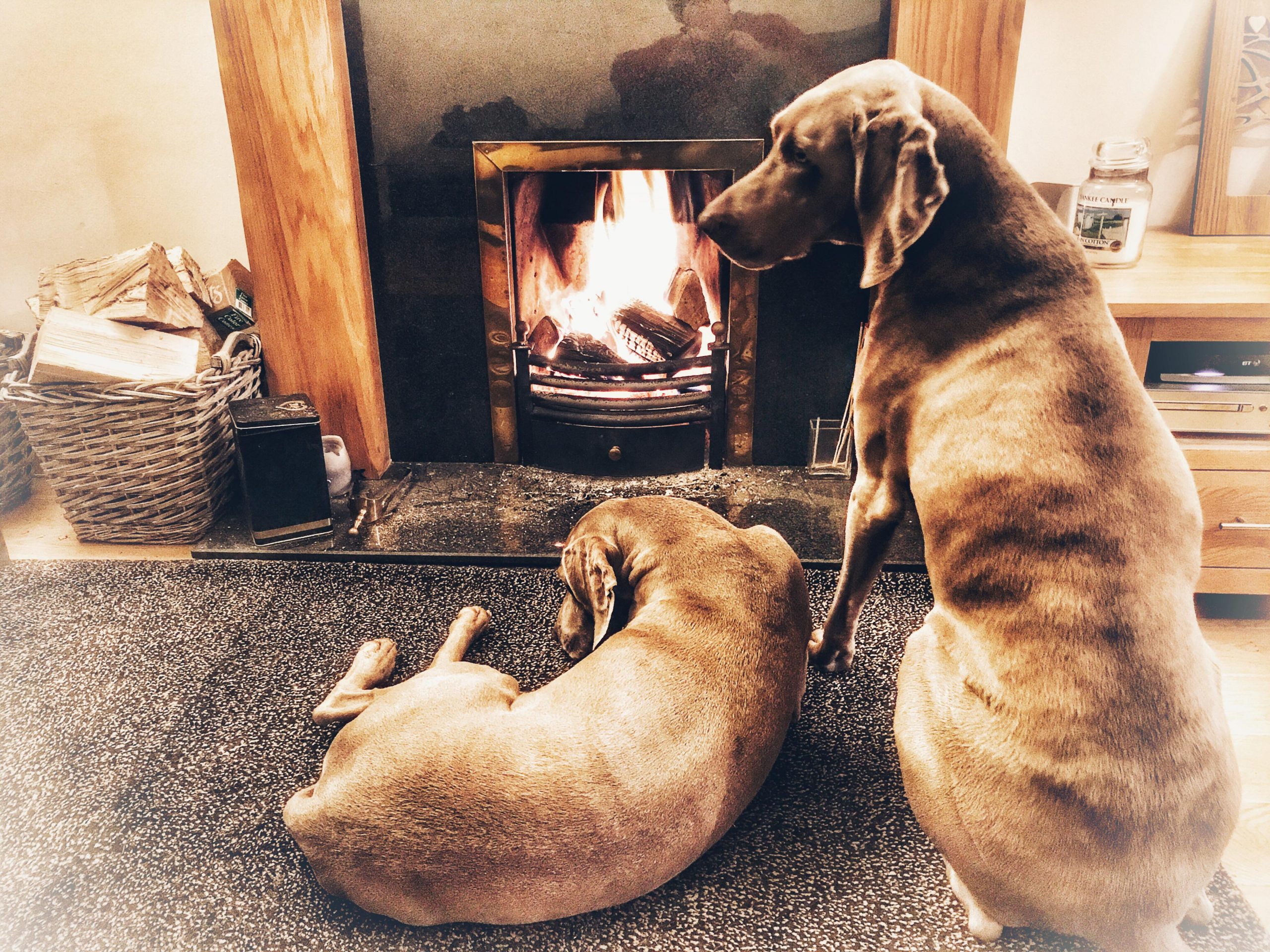
3. Carefully manage your new dog’s introduction to your existing pack
The manner in which you introduce your new dog to his new canine family is vitally important. It can be pretty daunting for them to meet and greet other dogs that you have had for years, so do try to take steps to ensure that all the dogs are calm, relaxed and kind around each other.
I like to bring the new dog in first, on its own, and get it settled before the other dogs come into the house. Once the dog has had a sniff and smell of the environment and seems really happy, then I would slowly introduce the other dogs into that room.
You know your dogs better than anyone, so it’s up to you how you do this — whether that’s on or off the lead, in the kitchen or in the garden. However you decide to do it, being patient and calm will go a long way to helping your new pooch and your existing dogs to relax and chill out together.
For more detailed advice about Ben Randall’s positive, reward-based and proven BG training methods, one-to-one training sessions, residential training or five-star dog-boarding at his BGHQ in Herefordshire, telephone 01531 670960 or visit www.ledburylodgekennels.co.uk. For a free seven-day trial of the Gundog app, which costs £24.99 a month or £249.99 a year, visit www.gundog.app/trial
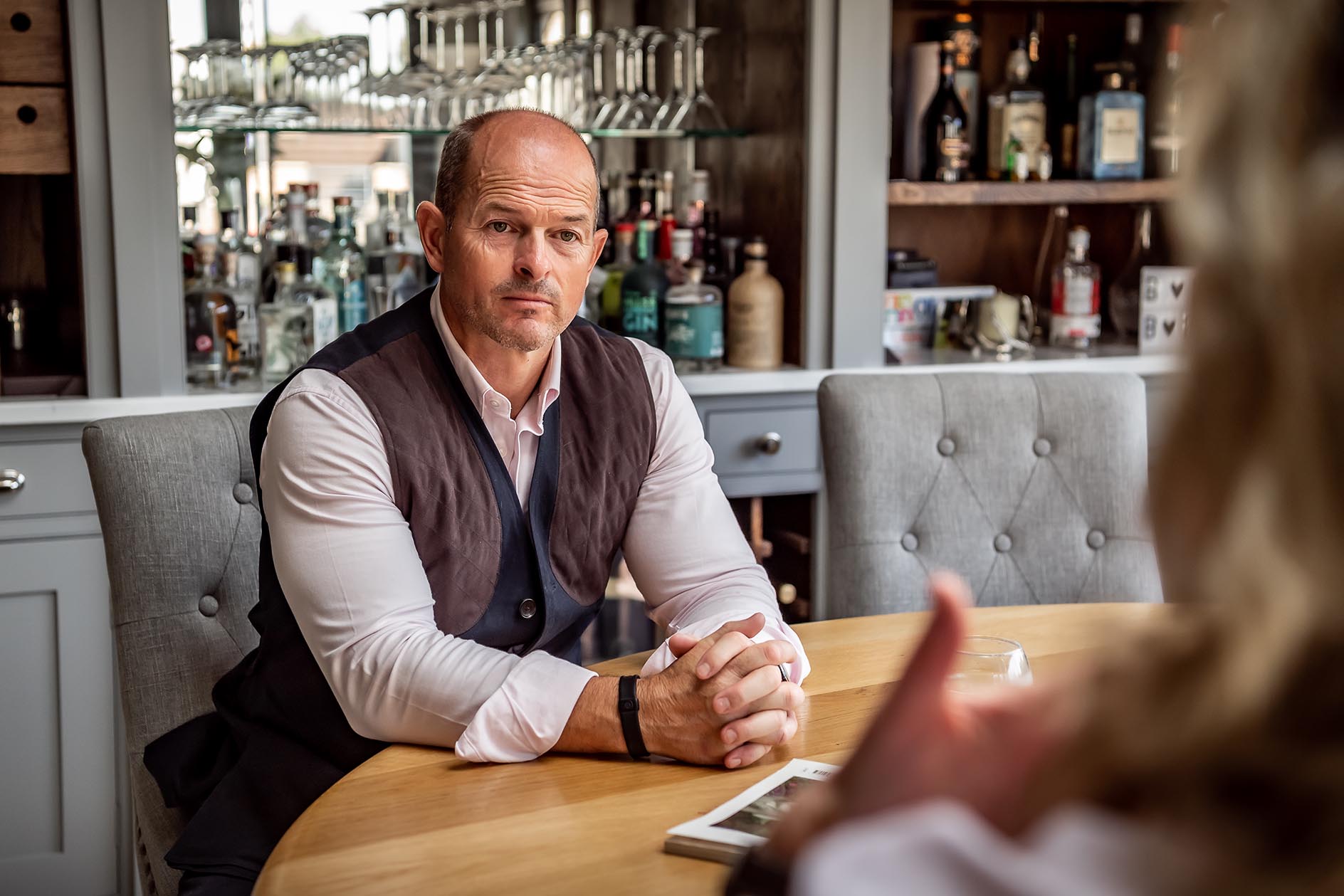
Ben Randall: Ask Country Life's canine agony uncle a question about your dog
Over the past two years our award-winning dog trainer Ben Randall has been sharing his advice with Country Life readers.
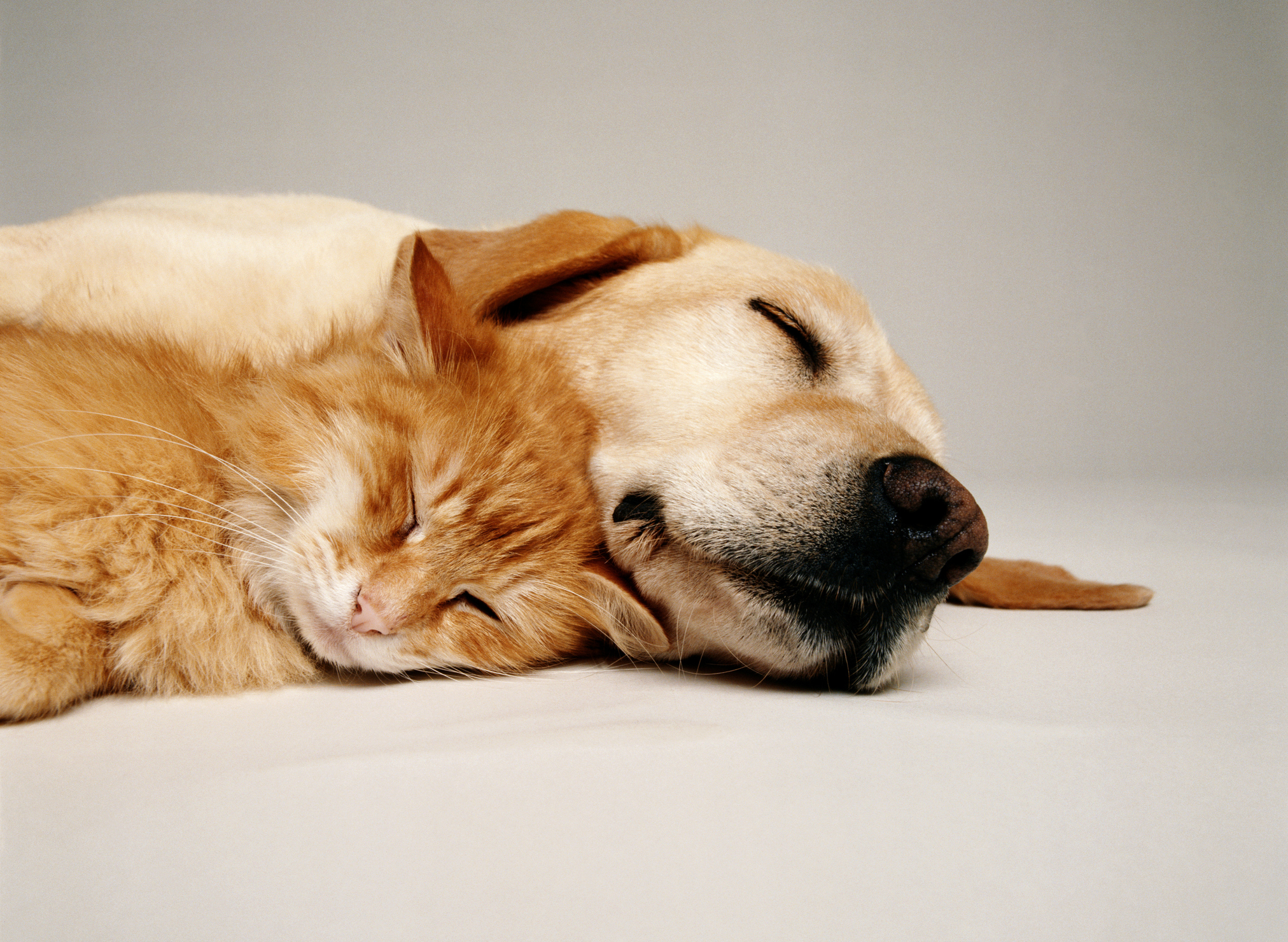
Credit: Getty
How to introduce a puppy to your cat, by expert dog trainer Ben Randall
Introducing a dog to a cat can be nerve-wracking, but get it right and the two of them can get
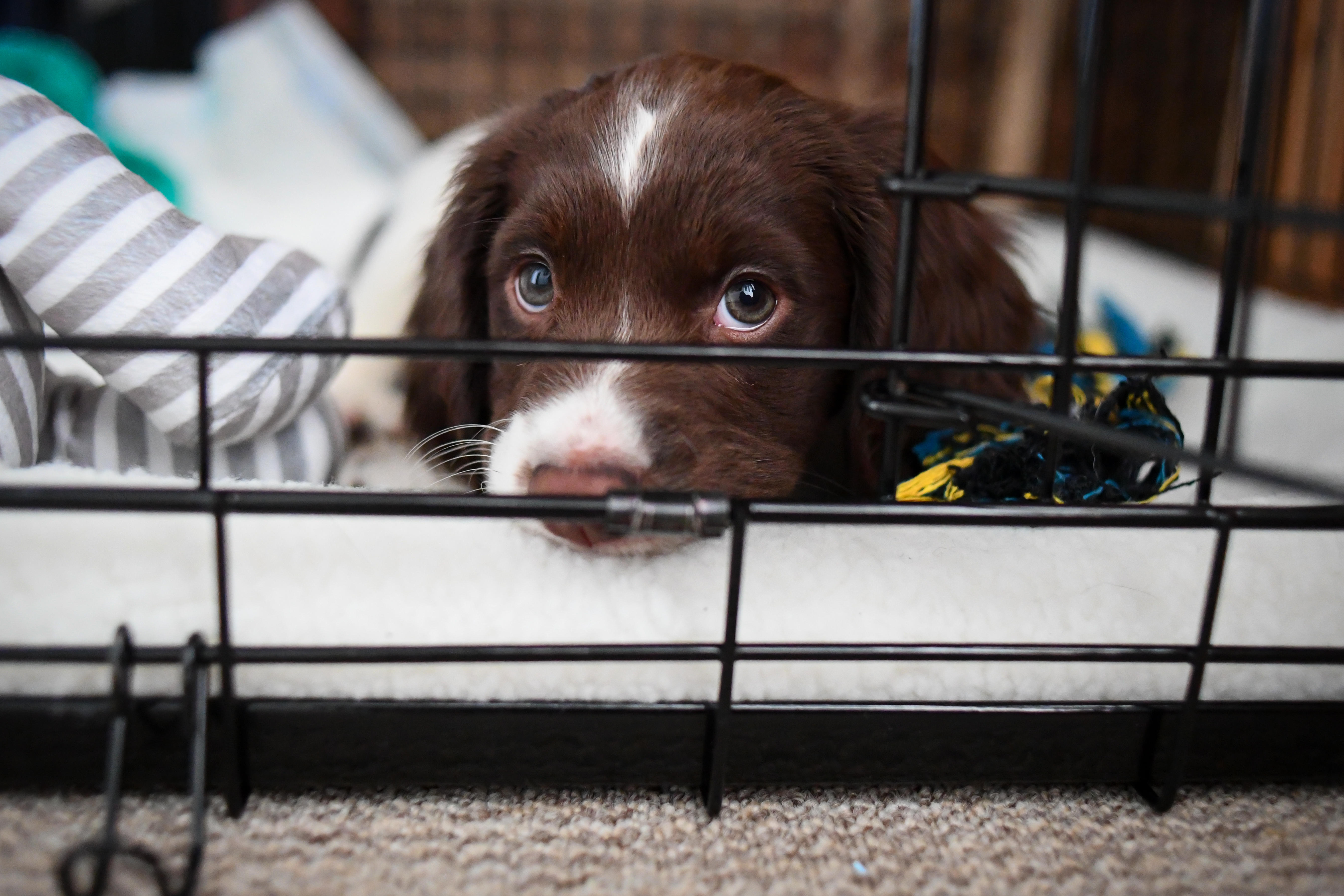
Crate training a puppy: Six tips from expert dog trainer Ben Randall
Puppy crate training can be tricky, yet it can pay dividends in all sorts of ways — even making puppy toilet
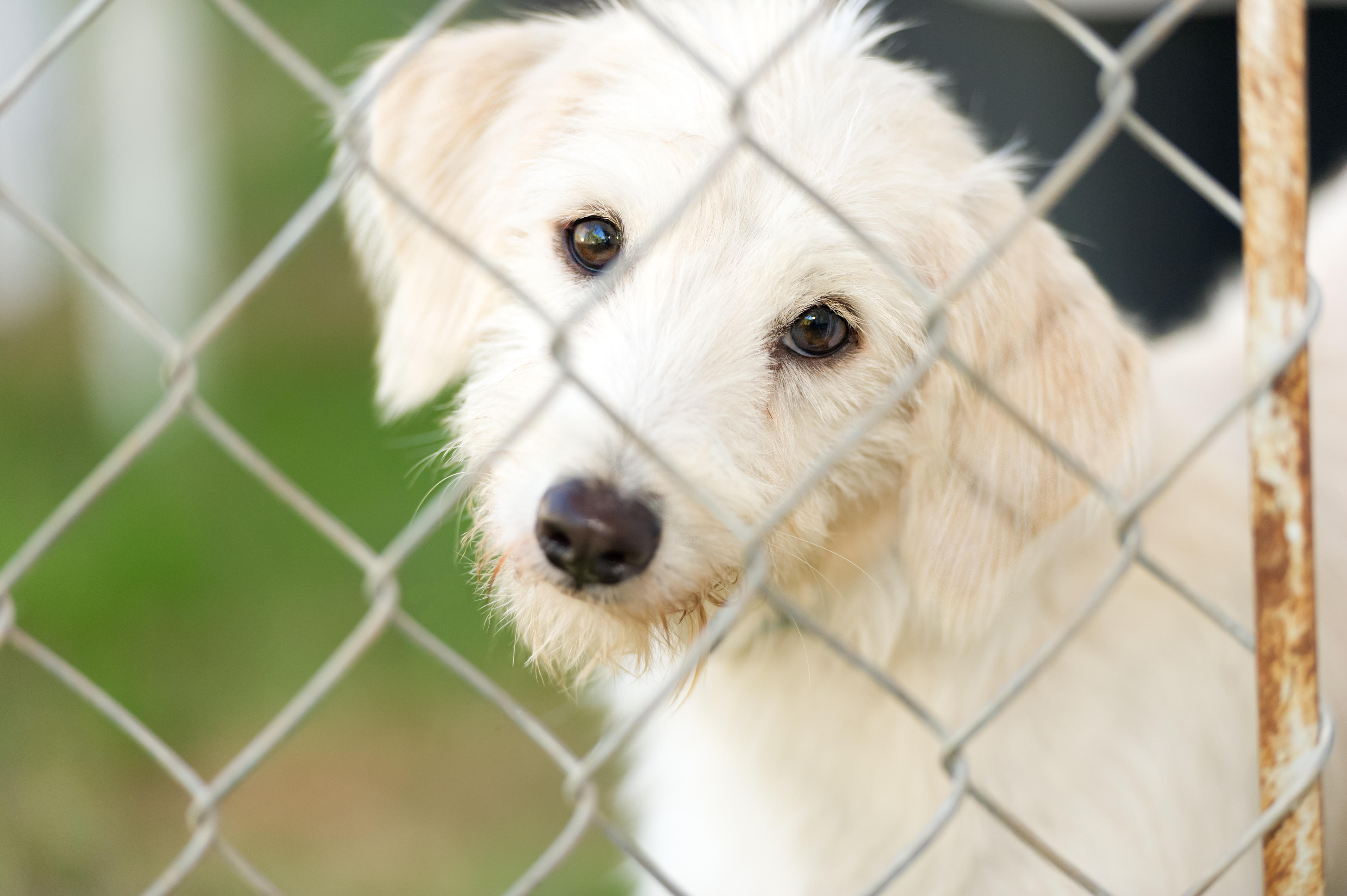
How to choose a rescue dog, by expert trainer Ben Randall
Adopting a dog in need of a new home can be a fabulous experience that will transform your life for
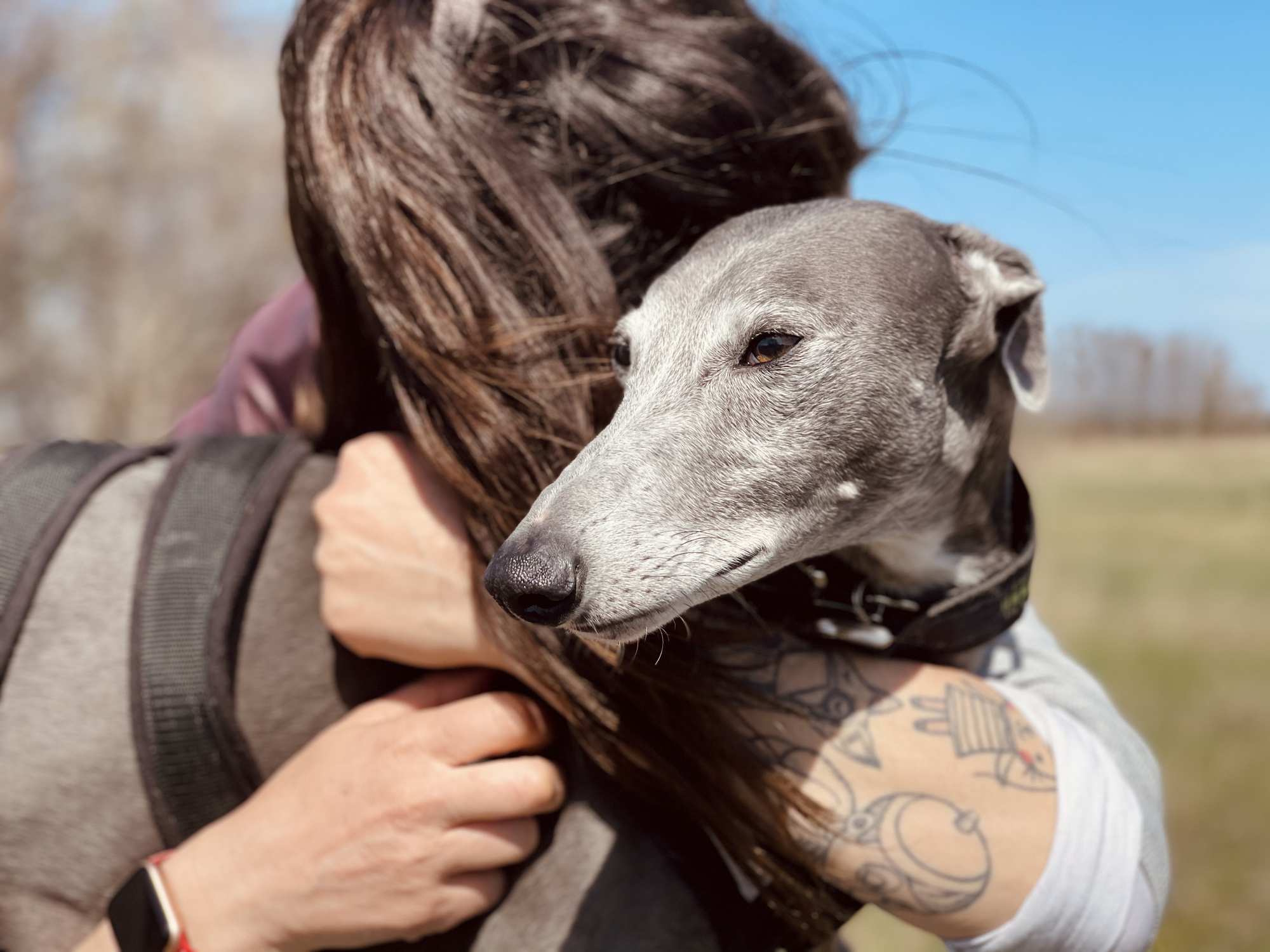
Credit: Getty Images/EyeEm
How to help a dog who's scared of going places in the car, by expert trainer Ben Randall
A retired greyhound with an unknown past is the subject of this week's advice article from our resident dog whisperer
-
 How an app can make you fall in love with nature, with Melissa Harrison
How an app can make you fall in love with nature, with Melissa HarrisonThe novelist, children's author and nature writer Melissa Harrison joins the podcast to talk about her love of the natural world and her new app, Encounter.
By James Fisher
-
 'There is nothing like it on this side of Arcadia': Hampshire's Grange Festival is making radical changes ahead of the 2025 country-house opera season
'There is nothing like it on this side of Arcadia': Hampshire's Grange Festival is making radical changes ahead of the 2025 country-house opera seasonBy Annunciata Elwes
-
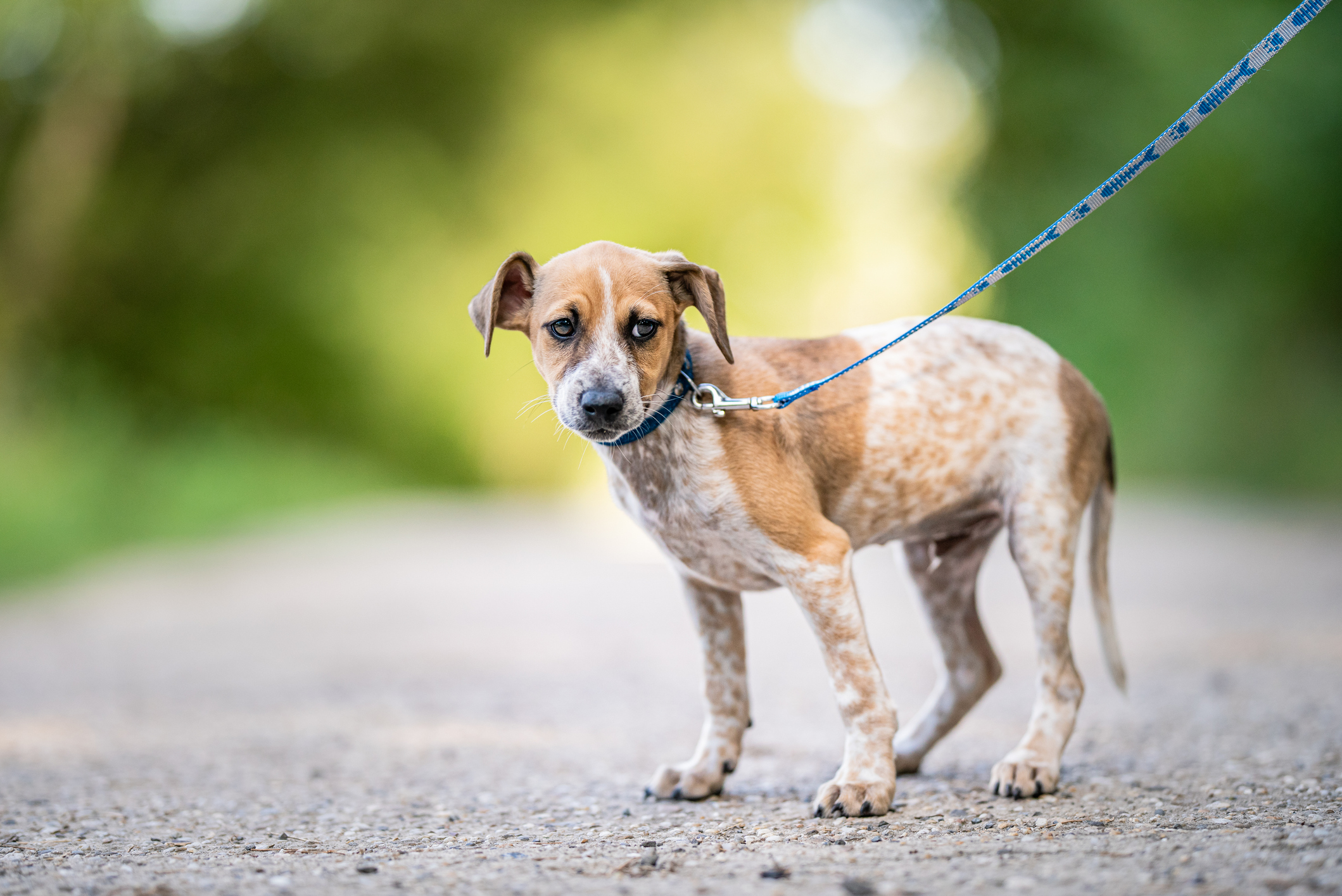 What to do when your dog gets attacked by another dog out on a walk
What to do when your dog gets attacked by another dog out on a walkBen Randall deals with a reader's difficult situation as an ordinary walk took a turn for the worse.
By Ben Randall
-
 How to deal with an older dog starting to show some bad behaviour after many happy years
How to deal with an older dog starting to show some bad behaviour after many happy yearsA-list dog trainer Ben Randall helps a reader whose ageing dog has started changing its behaviour — and not for the better.
By Ben Randall
-
 Ben Randall: Ask Country Life's canine agony uncle a question about your dog
Ben Randall: Ask Country Life's canine agony uncle a question about your dogOver the past two years our award-winning dog trainer Ben Randall has been sharing his advice with Country Life readers.
By Country Life
-
 How to look after a dog who's gone deaf, by A-list trainer Ben Randall
How to look after a dog who's gone deaf, by A-list trainer Ben RandallBen Randall handles a query from a reader whose dog has lost her hearing.
By Ben Randall
-
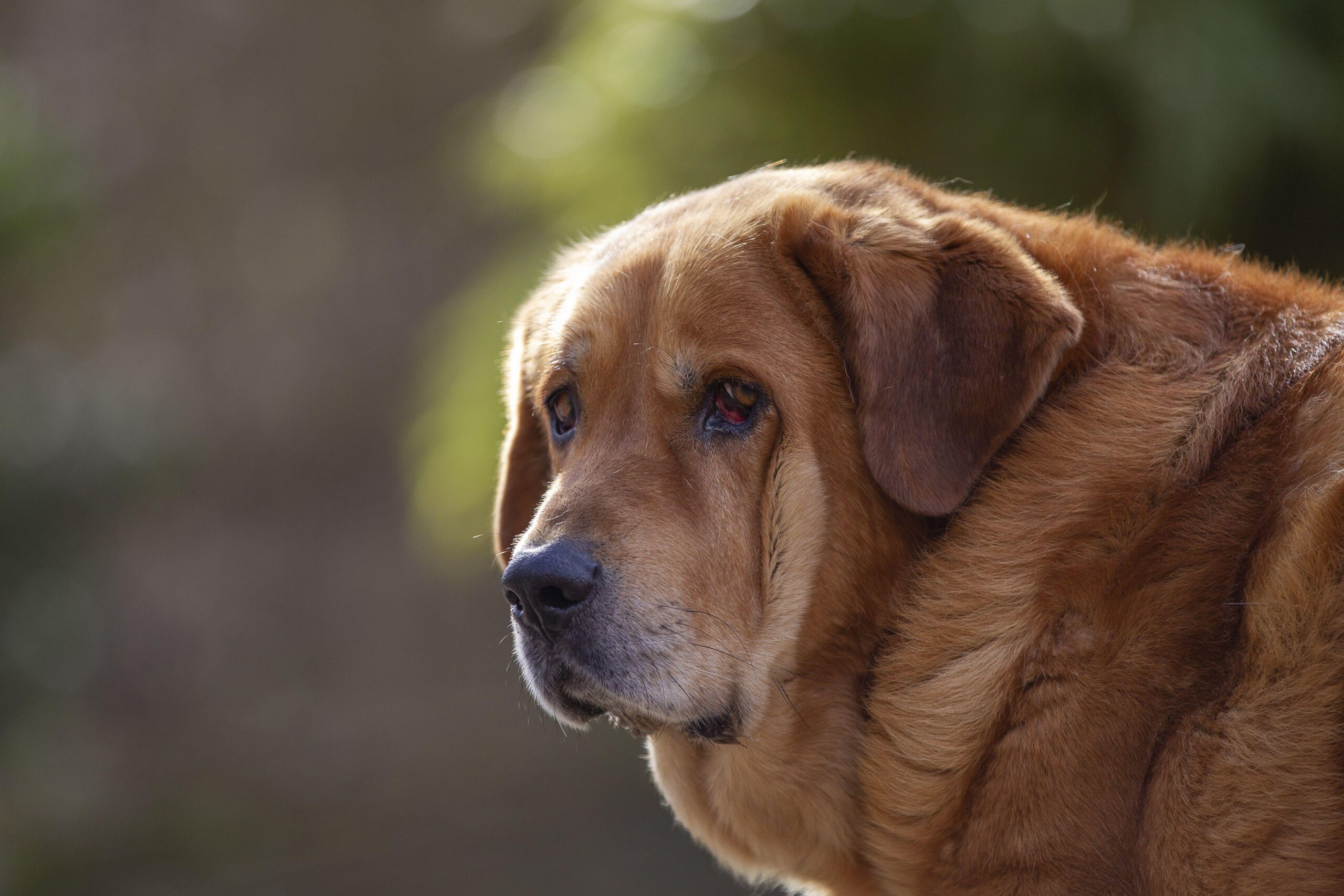 How to deal with a dog that's stronger than you are — especially when it runs off when it gets excited
How to deal with a dog that's stronger than you are — especially when it runs off when it gets excitedBen Randall tackles an issue for an owner of a dog that's almost as big as she is.
By Ben Randall
-
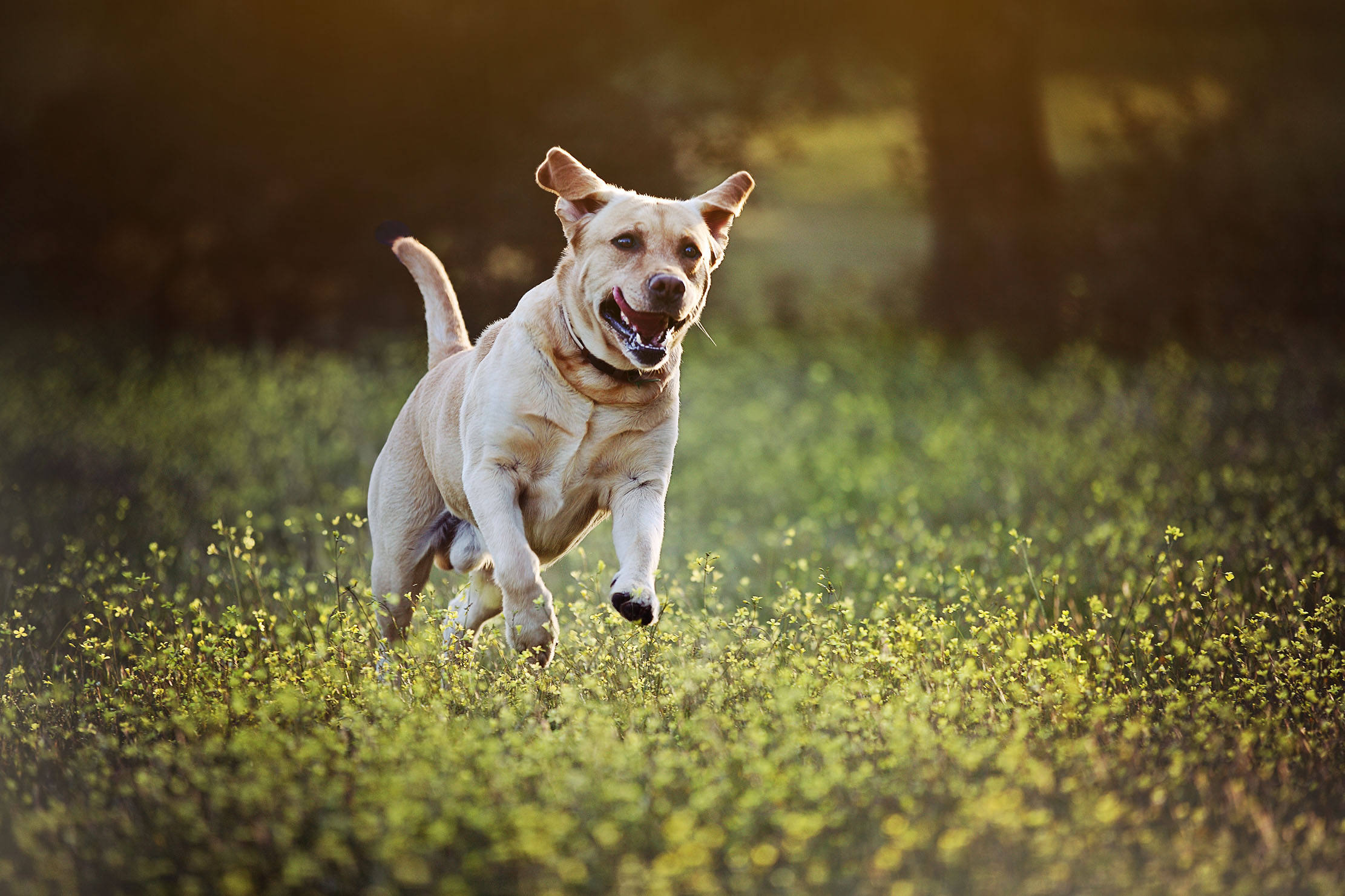 'My dog goes crazy when he sees someone with a ball launcher. How do I make him stop?': Expert trainer Ben Randall explains what to do
'My dog goes crazy when he sees someone with a ball launcher. How do I make him stop?': Expert trainer Ben Randall explains what to doTaking on a dog with ingrained bad habits can be a headache. Ben Randall explains how to retrain them to keep calm.
By Ben Randall
-
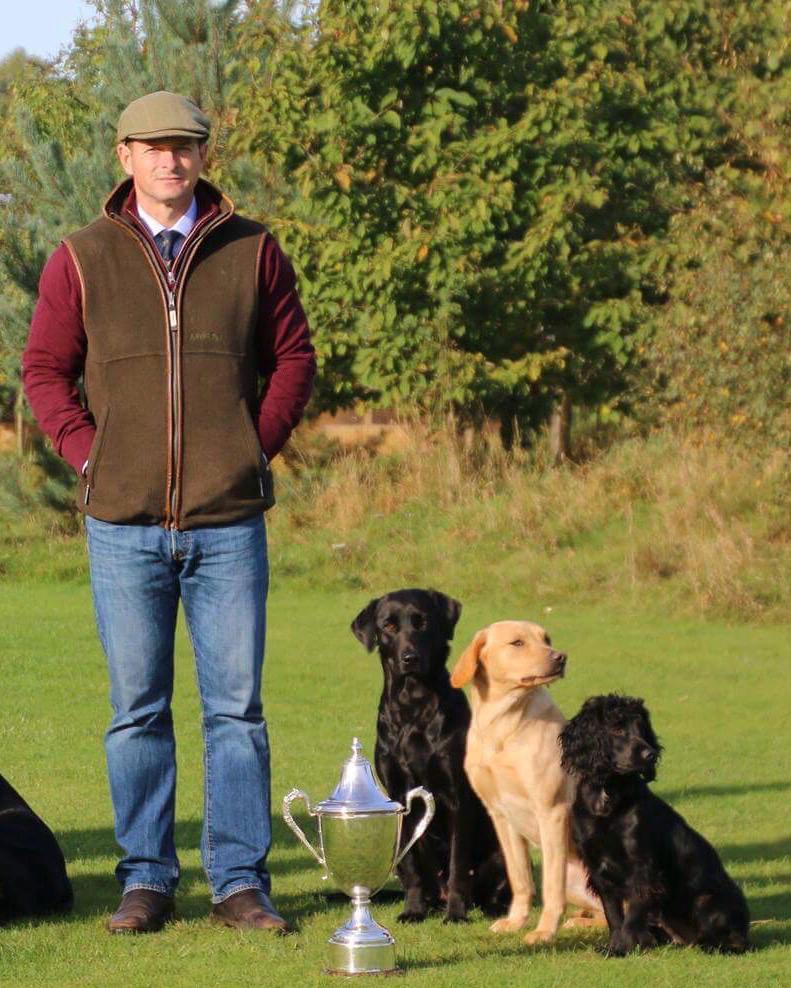 Ben Randall: Q&A with the award-winning dog trainer
Ben Randall: Q&A with the award-winning dog trainerWe speak to Country Life's canine agony uncle Ben Randall.
By Ben Randall
-
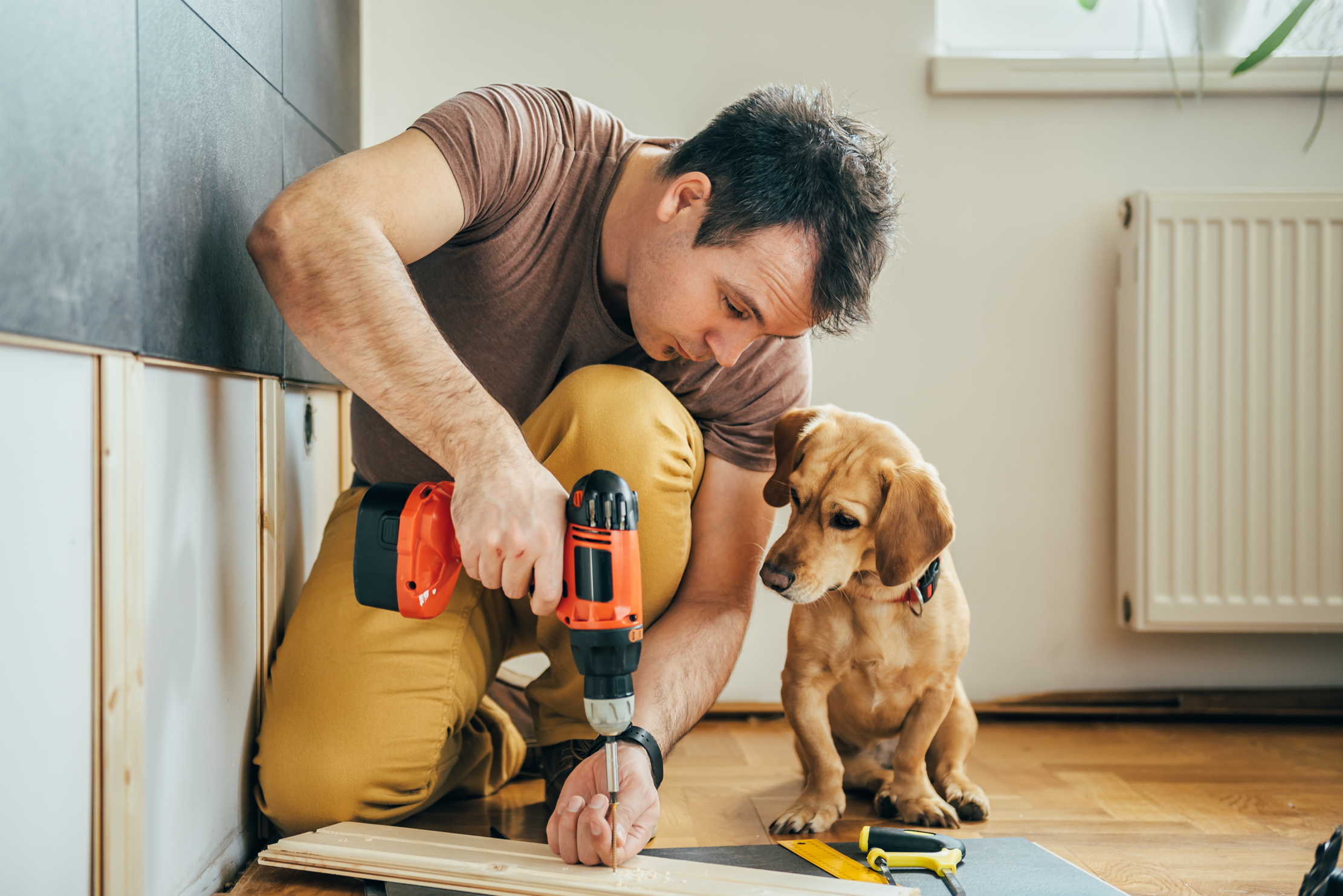 How to stop your dog from being protective and barking at builders
How to stop your dog from being protective and barking at buildersBarking can be annoying and unsettling for visitors. Ben Randall looks at how to get a little peace and quiet.
By Ben Randall